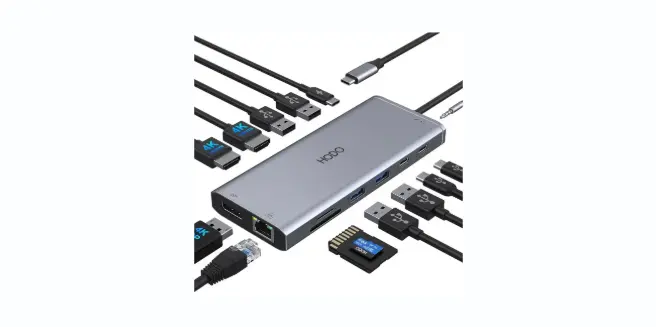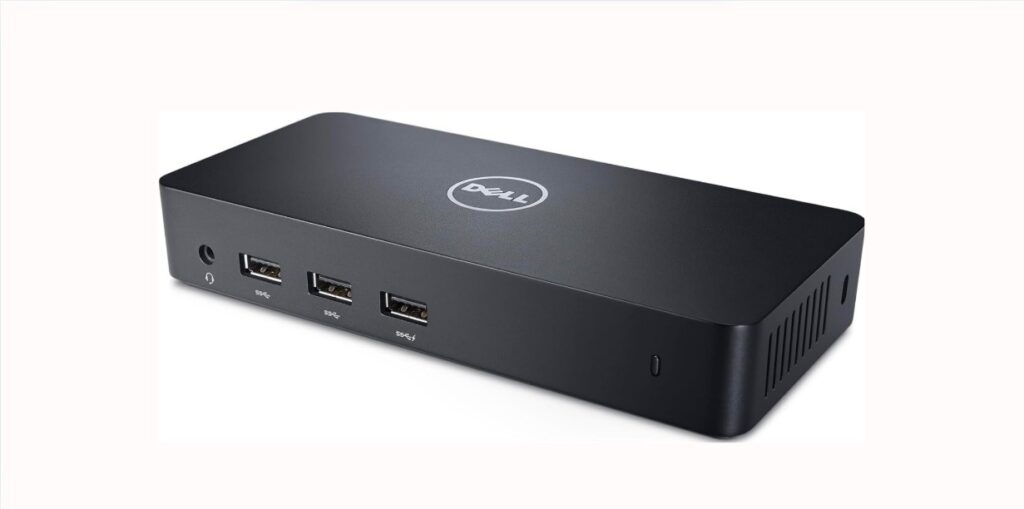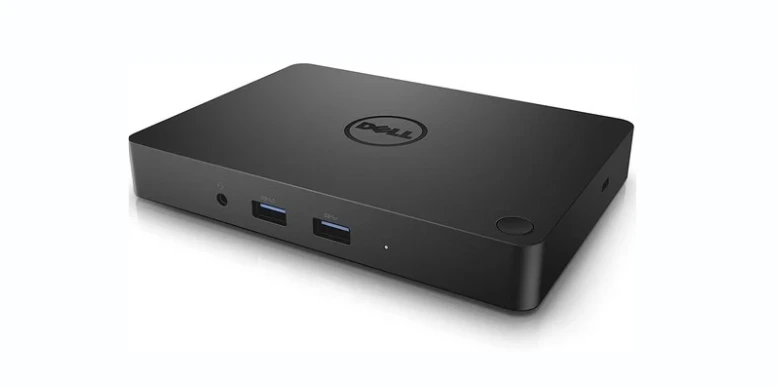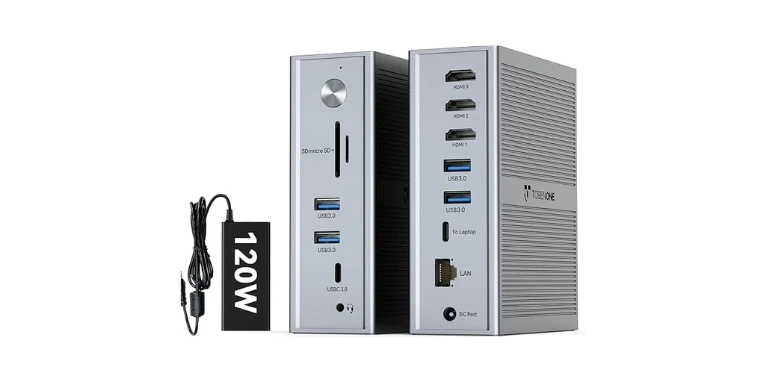Have you found yourself juggling between home and office screens, trying to maintain your productivity while working in a hybrid setup? We all know that adapting to this new way of working can be quite a whirlwind, with its fair share of challenges and opportunities. As we traverse this landscape together, let’s unravel how we can make the transition between home and office work seamlessly, creating a setup that’s both efficient and simple.
Understanding the Hybrid Work Environment
The hybrid work environment blends remote and in-office work, offering flexibility and a better work-life balance. In this setup, we need to be agile, switching between home comfort and office efficiency without losing a beat. It’s like trying to become a chameleon—adapting swiftly to whichever setting we find ourselves in on any given day. Let’s dive deeper into understanding this environment.
What Makes Hybrid Work So Appealing?
Hybrid work brings together the best of both worlds. At home, we avoid the daily commute, gain flexibility in our schedules, and create a personal workspace that caters to our specific needs. On the other hand, going to the office allows us to brainstorm in real-time with our colleagues, access company resources directly, and collaborate more organically. Who wouldn’t want a taste of consistency with a dash of spontaneity?
Common Challenges in a Hybrid Setup
However, with pros come cons. We might struggle with maintaining clear boundaries, transitioning smoothly between environments, or even finding the right rhythm. The key is in the juggling act—understanding what the exact challenges are can help us navigate through them more effectively. Below are some challenges:
- Technology Gaps: Ensuring you have the same capabilities in both environments can be tricky.
- Communication Hurdles: Collaboration may vary in formality and frequency.
- Work-Life Imbalance: Finding the line between work hours and personal time can be tough.
Creating an Optimal Home Office Setup
Our home should feel like a haven but function like an office. Striking this balance requires a little creativity and some thoughtful arrangements. Here’s how we can create an ideal workspace at home that promotes productivity and comfort.
Choosing the Right Equipment
Selecting the right tools and equipment is crucial in fostering an efficient workspace. Whether it’s a dual monitor setup or a high-quality chair, having the right gear can make all the difference. Here’s a list of elements to consider:
- Ergonomic Furniture: Desk and chair that support posture.
- High-Resolution Monitors: For a clearer and larger screen view.
- Quality Headsets: To enhance virtual meeting experiences.
- Reliable Internet: Ensure strong and fast connectivity.
Designing for Productivity
The way our surroundings are arranged can significantly impact our work efficiency. Think about the lighting, positioning, and inspirations in your workspace:
- Natural Light: Place your desk near windows.
- Personal Touches: Add plants or favorite art pieces.
- Declutter Regularly: A tidy space encourages a tidy mind.

Streamlining Office Space for Alternating Days
On the days we head to the office, the transition should be as seamless as possible. An office setup should be no less welcoming, functional, and equipped. Let’s discuss how to streamline our workdays in the office.
Synchronizing Tech Tools Across Locations
Having synchronized technology between home and office is crucial. We don’t want to waste time adjusting settings or transferring files every time we move locations. Consider these approaches:
- Cloud Storage: Use platforms like Google Drive or Dropbox for file access anywhere.
- Unified Apps: Consistent use of communication tools both at home and in-office.
- Portable Devices: Laptops or tablets that can easily be transported.
Organizing Office Essentials
Our office desk, like our home workspace, should be organized and well-stocked with essentials. Here’s a checklist:
- Stationery Supplies: Pens, notepads, and sticky notes for quick access.
- Digital Calendar: Sync appointments to remind you wherever you are.
- Backup Chargers: Avoid the horror of running out of power during crucial tasks.
Navigating Seamless Transitions Between Home and Office
Switching between work environments shouldn’t feel like hopping from one planet to another. With a few strategies in place, moving from home to office could be as smooth as flipping a switch.
Efficiently Planning Our Work Week
Planning ahead is half the battle won. Allocating tasks based on their nature to specific days can ease the load significantly. Here’s an example of things to plan:
- Remote Days: Ideal for tasks that require deep focus and concentration.
- Office Days: Reserve them for meetings, team discussions, or tasks requiring in-person resources.
Developing a Consistent Routine
Embrace routine. Our bodies and minds thrive on predictability—even while enjoying the hybrid flexibility. Here’s how:
- Start and End Times: Define when to switch off work at the end of the day.
- Daily Goals: Set goals for home and office days to keep productivity on track.

Leveraging Technology for a Hybrid Work Setup
Technology is our best ally in making hybrid work not just bearable, but enjoyable and productive. We must leverage the right tech tools that allow for seamless transitioning and efficient work.
Using Collaboration Tools Effectively
Collaboration tools keep us connected with our teammates and ensure project management is on track. Here are some widely used tools:
- Slack or Microsoft Teams: For instant messaging and quick communications.
- Trello or Asana: To track project progress and assign tasks.
- Zoom or Google Meet: Platforms for effective virtual meetings.
| Tool | Key Usage |
|---|---|
| Slack/Teams | Instant communication |
| Trello/Asana | Project management |
| Zoom/Google Meet | Virtual meetings |
Implementing Cloud Solutions
Cloud solutions provide the flexibility we need when working from different locations. They not only store our data securely but also make it easily accessible:
- Google Workspace: Comprehensive set of tools that include emails, documents, spreadsheets, and presentations.
- Microsoft OneDrive: Integrates well with Office apps, facilitating smooth operations.
Mental and Physical Well-being in a Hybrid Setup
Lastly, as much as equipment and tech solutions are crucial, our well-being matters just as much. Balancing the demands of a hybrid setup can take a toll on our mental and physical health, so it’s important to prioritize self-care.
Mindful Breaks and Physical Activity
Staying active in both environments is essential. It’s all about the mini lifestyle habits we adopt during our workdays:
- Short Breaks: Use the Pomodoro technique to incorporate frequent breaks.
- Exercise Snippets: Take stretching or walking breaks to rejuvenate your mind and body.
Setting Boundaries and Unplugging
Finally, setting boundaries is pivotal to differentiate work from personal life, especially when home is also a workspace:
- Unplug After Work: Shut off notifications and emails after working hours.
- Dedicated Zones: Create spaces in the house solely for relaxation and leisure.
Conclusion
To sum it up, establishing an easy switch in our hybrid work setup is all about finding the right balance between home and office dynamics. While the transition may not always be seamless, armed with the right strategies, equipment, and mindset, we can surely make the most of it. Let’s continue to refine our approach, tweak our routines, and harness technology, all the while keeping our well-being front and center. Whether it’s at home or in the office, every workday offers an opportunity for growth and innovation.



